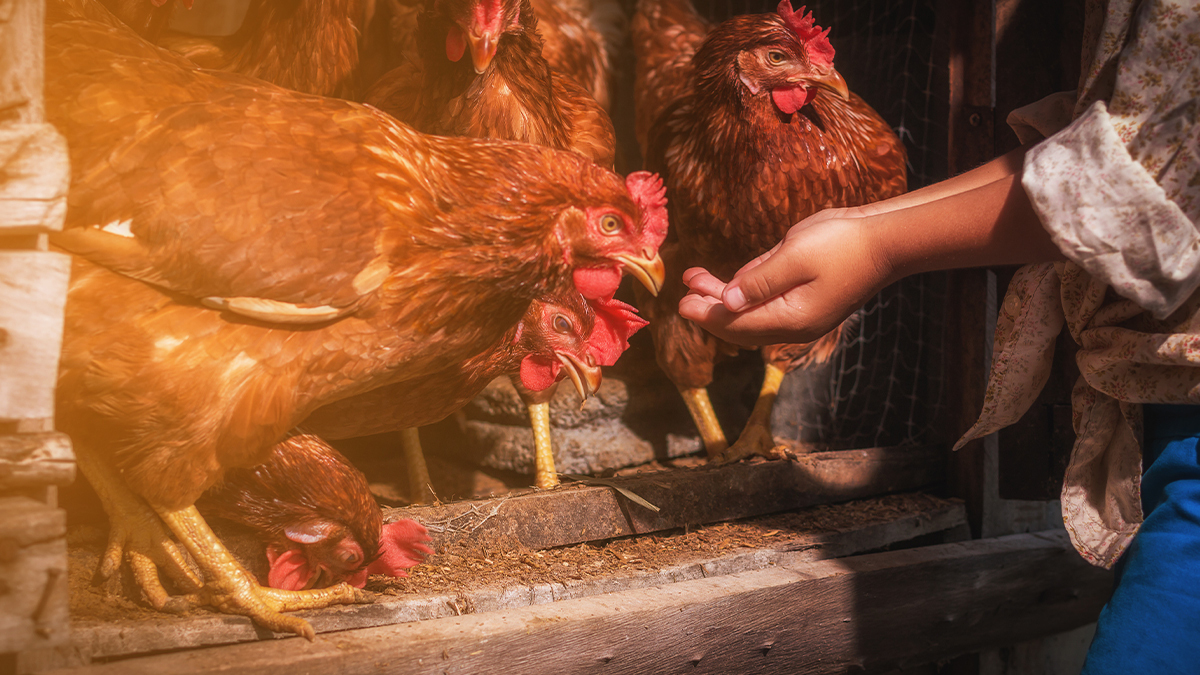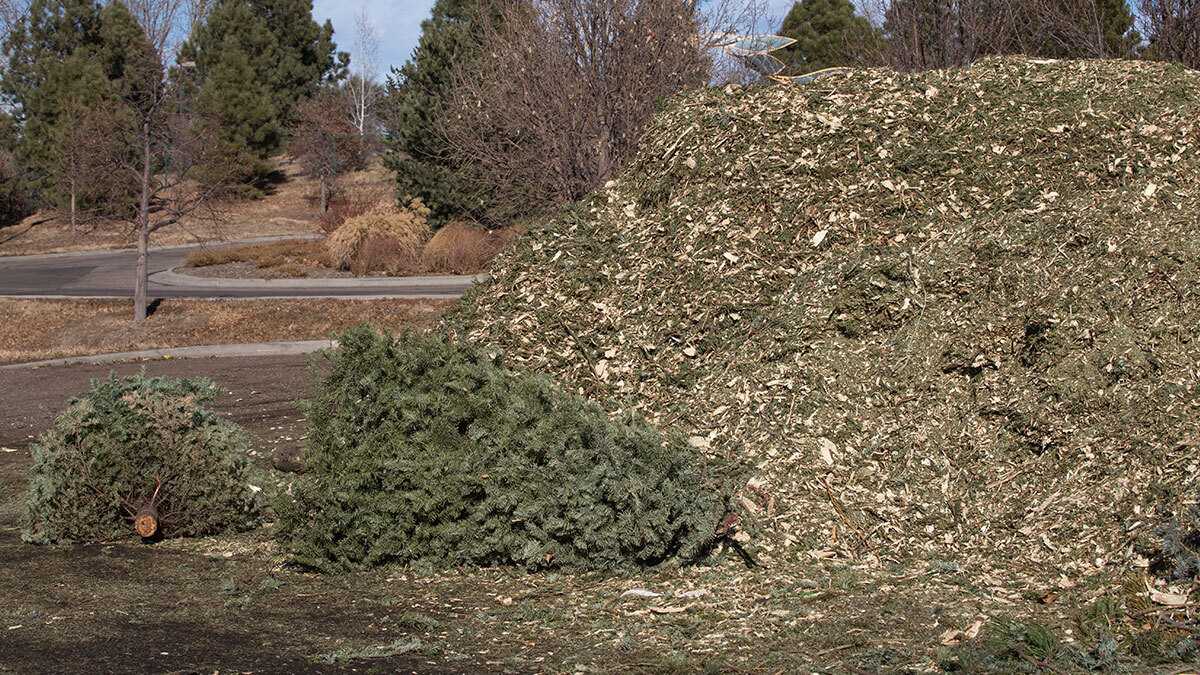on
Don’t believe the myth that composting is only for the warmer months. Year-round composting is a fantastic way to transform your waste into valuable treasure, no matter the season.
Composting is a natural process where bacteria and fungi break down organic matter. It enriches the soil with nutrients, reducing the need for fertilizers and pesticides. Plus, it helps retain moisture, preventing erosion and runoff.
On top of that, compost can even ward off plant diseases and pests.
Some folks mistakenly believe that composting is a no-go during winter. But guess what? They couldn’t be more wrong!
Year-round composting is not only possible, but also practical and highly effective.
So, if you’re growing your own food or simply want to make the most of your composting efforts, keep reading.
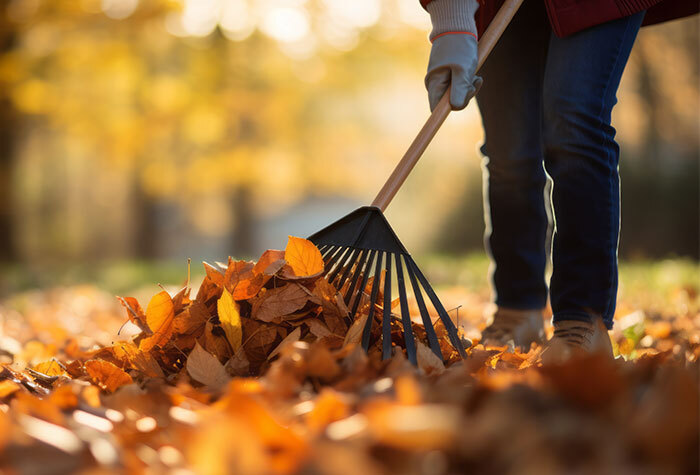
Tips for Composting in Autumn
If you haven’t started year-round composting, autumn is the perfect time to start. Why? Because of all the dead leaves that are available for free!
Every compost pile needs a healthy mix of browns and greens.
Browns refer to your carbon source. When you think of brown, think of dead or dying material, such as dead leaves.
Greens refer to your nitrogen sources. When you think of green, think of materials with moisture, such as fresh leaves and kitchen scraps.
Autumn provides an abundance of browns for year-round composting. Not only can you use the dead leaves as browns to start a compost pile, but you can also rake them and gather the leaves to use them throughout the year in your compost pile. Just make sure you set them aside and keep them dry.
Before winter arrives, be sure to harvest your compost so you have plenty of room for the winter months when you won’t be able to harvest as much.
Tips for Composting in Winter
If you actively manage your compost piles, they will decompose all winter long—it will just take a bit more time.
Believe it or not, composting continues even under the snow. Even if it looks like nothing is happening, the bacteria underneath are hard at work.
And, even if everything in your compost pile freezes and decomposition stops, it will resume when temperatures warm up.
During the winter, you will want to take a few steps up front to keep the compost pile warm:
- During the winter, you want to wait to turn the pile. If you turn the pile, it will result in heat loss, which will slow decomposition even more.
- Insulate your winter compost pile to keep the inside warm. Use straw, leaves, or woodchips as insulation.
- Cover the pile with a tarp or rug.
- Reduce the size of materials you place into your compost pile. Smaller pieces of leaves and other organic materials will help speed up the slow winter decomposition process.
- Real Christmas trees can be cut up into smaller pieces and added to your compost pile.
Like other winter homestead chores, composting requires less maintenance in the colder months.
[Related Read: Month-by-Month Winter Homestead To-Do List]
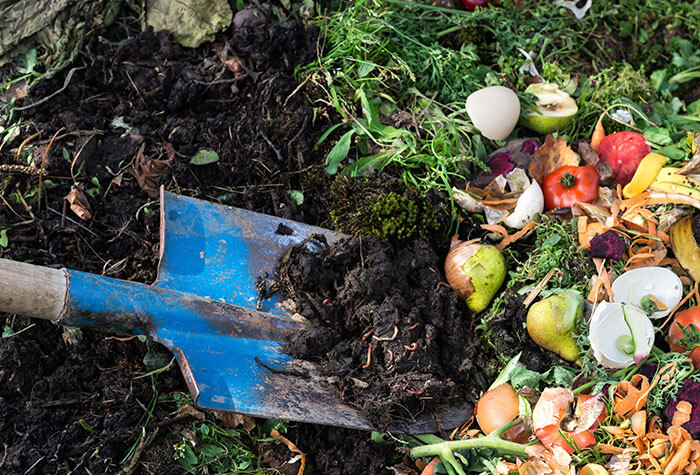
Tips for Composting in Spring
As the temperatures warm up, so will your compost pile.
At this point, it becomes more important to turn your pile so that the scraps added over the winter get mixed in.
In the spring, continue to add browns and greens, such as plant trimmings and weeds.
If spring brings lots of rain and your compost pile is too wet, add more brown material and less green material.
You also want to make use of your compost (or harvest) as you plant in the spring.
Tips for Composting in Summer
As you continue your year-round composting through the summer, one thing you may experience is a drier compost pile.
Since compost requires browns, greens, and water, you may need to add some water to your pile to keep decomposition moving.
This is also why it is extra important to mix the pile regularly during the summer.
Continue to harvest your compost treasure in your garden during the summer months.
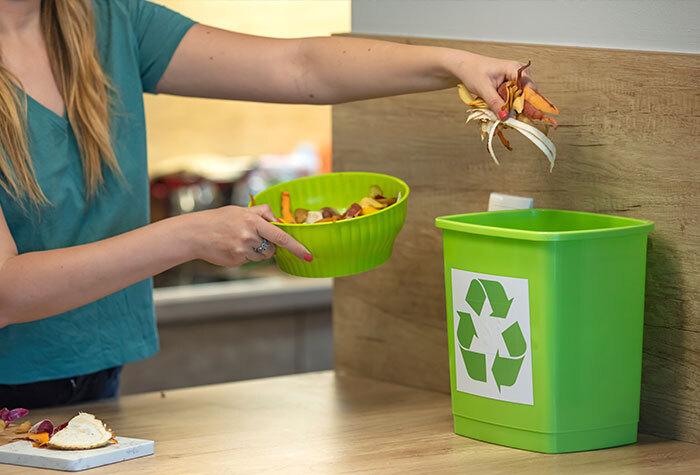
Year-Round Composting Indoors
While year-round composting is possible outdoors, you may find it easier to compost indoors.
There are several different types of composting that work indoors:
- Compost bin: Many people in urban areas do not have access to large outdoor compost piles, so they use a compost bin with a lid and ventilation in their kitchen. Take a bin and put dirt and newspaper on the bottom. Then add kitchen scraps. You will need to mix the compost about once a week. Once it is ready to be used, add it to your indoor plant soil or an outdoor compost pile.
- Vermicomposting: You can build your own indoor worm farm and harvest quality fertilizer. In addition to your standard compost bin, vermicomposting adds red wiggler worms to a bin. The worms will eat the scraps and produce vermicompost. Learn how to start a worm farm.
- Bokashi: Bokashi composting takes place mainly indoors until it is time to bury it outdoors. Organic matter is placed inside an airtight bucket with a tight lid and a spigot on the bottom that is used to release the drained-off liquid (sometimes called bokashi tea). Learn how to start bokashi composting.
Get access to premium content and more!





